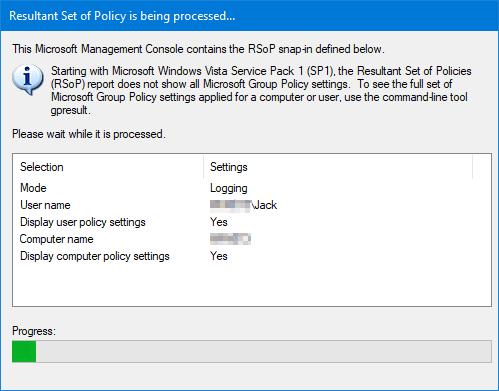
This policy option controls whether the server providing SMB requires packet signing, it determines whether or not SMB packet signing must be negotiated before further communication with an SMB client is allowed.īy default this setting is enabled for domain controllers, but disabled for other member servers within the domain. Microsoft network server: Digitally sign communications (always) The following two policy items apply to SMB server, that is Windows systems that serve out files or printers for instance over SMB to clients witin the network. You can also view the Explain tab to get detailed information on what each option does. The policies all look like this when editing through GPME, you simply tick to define the policy setting, then choose between enabled or disabled. All of these policy items can either be enabled or disabled.

There are 4 policy items which we will cover below. Within the policy navigate to Computer Configuration > Policies > Windows Settings > Security Settings > Local Policies > Security Options.

At this point you can either create a new policy for SMB packet signing, or edit an existing policy. To begin open up Group Policy Management, this can be done either through Server Manager > Tools > Group Policy Management, or by running ‘gpmc.msc’ in PowerShell or Command Prompt. For more related posts and information check out our full 70-744 study guide. This post is part of our Microsoft 70-744 Securing Windows Server 2016 exam study guide series. SMB encryption has been added as of SMB version 3.0 and newer. It’s important to note that this is not encrypting the SMB traffic, we are only going to configure SMB signing so that the client and server can determine if SMB traffic has been modified. Microsoft also note that depending on factors such as the SMB version, file sizes, and specific hardware in use, SMB packet signing can degrade the performance of SMB, which is to be expected as we’re signing every packet that goes across the network, which adds overhead. SMB packet signing is available in all supported versions of Windows. By digitally signing SMB packets the client and server can confirm where they originated from as well as their authenticity. To help detect man in the middle (MITM) attacks that may modify SMB traffic in transit, we can configure SMB signing via group policy. The Server Message Block (SMB) protocol is used to provide file and print sharing in a Microsoft based network.


 0 kommentar(er)
0 kommentar(er)
